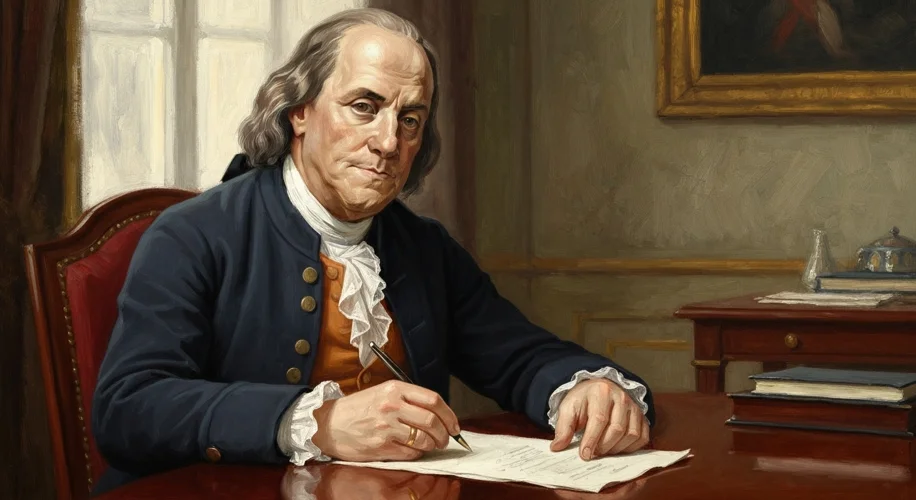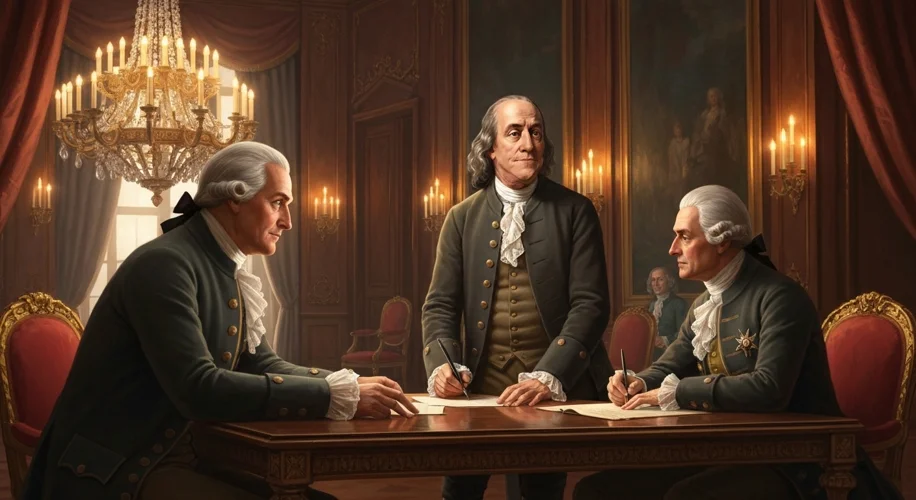It’s the summer of 1787. A young nation, barely out of its swaddling clothes, is a fragile experiment perched precariously on the eastern seaboard of North America. The air in Philadelphia is thick with debate, the future of this fledgling republic hanging in the balance as delegates wrestle with the framework of a new government. Yet, amidst the anxieties and uncertainties of nation-building, a remarkable prescience was beginning to dawn. This wasn’t the blind optimism of a nation drunk on victory, but a reasoned foresight, a whisper of destiny that would, in time, declare itself with the roar of a global superpower.
To pinpoint the earliest historical moments when predicting America’s future dominance wasn’t outlandish, we must look beyond the well-trodden paths of Manifest Destiny and 20th-century interventions. Instead, we delve into the very crucible of its formation, where the seeds of its extraordinary rise were sown by individuals who, even in the throes of revolution and confederation, glimpsed a potential far beyond their immediate horizons.
Consider Benjamin Franklin. A polymath, a diplomat, a scientist, and a founding father, Franklin possessed an almost uncanny ability to perceive the long arc of history. Even during the arduous negotiations in Paris to secure French aid during the Revolutionary War, he spoke not just of the immediate needs of the colonies, but of their future commercial and political influence. He envisioned America as a nexus of trade, a beacon of liberty whose ideas would ripple across the globe. His pragmatic yet visionary outlook wasn’t just about winning a war; it was about laying the groundwork for a nation that would eventually dwarf its European patrons in economic and political might.

Another key figure was Thomas Jefferson. His eloquent articulation of the American ideal, rooted in Enlightenment philosophy, wasn’t merely a call for independence; it was a blueprint for a self-governing republic destined for expansion. Jefferson’s Louisiana Purchase in 1803, a staggering acquisition of territory that more than doubled the size of the young nation, was a bold stroke driven by a vision of westward expansion and continental dominance. He saw the vast, undeveloped interior not as a frontier to be feared, but as an inexhaustible resource and a future breadbasket for a growing nation and, eventually, the world.
It’s crucial to understand the cultural and intellectual ferment of the era. The American Revolution wasn’t just a political upheaval; it was an ideological one. Ideas about self-governance, individual rights, and economic liberty, championed by thinkers like John Locke and Montesquieu, found fertile ground in the American colonies. These ideas, disseminated through pamphlets, newspapers, and public discourse, fostered a unique sense of national identity and a belief in the exceptionalism of their experiment. This intellectual bedrock provided the fertile soil for the visionary perspectives of America’s founders.
Even as the young republic grappled with internal divisions, the War of 1812, often seen as a troubled chapter, paradoxically reinforced a sense of national unity and validated its sovereignty against formidable European powers. The successful defense against British incursions, particularly the Battle of Baltimore and the defense of New Orleans (albeit after the treaty), solidified a nascent confidence. Generals like Andrew Jackson, though a controversial figure, embodied a rugged, expansionist spirit that would come to define much of America’s outward projection.

The early to mid-19th century saw the burgeoning Industrial Revolution take hold in America, particularly in the North. Innovations in manufacturing, transportation (canals and railroads), and communication laid the economic foundations for future global influence. Men like Eli Whitney, with his cotton gin and concept of interchangeable parts, though initially focused on specific industries, inadvertently contributed to a manufacturing capability that would fuel economic growth and military power.
The sheer abundance of natural resources – fertile land, timber, minerals, and later, vast oil reserves – provided an unparalleled advantage. While not a visionary insight in itself, the exploitation of these resources, driven by ambition and innovation, was a key factor. The completion of the Transcontinental Railroad in 1869, a monumental feat of engineering, physically united the vast nation and opened up the West for settlement and economic development, reinforcing the idea of an expansive, interconnected America.
However, the most profound foresight might be found not in specific individuals, but in the enduring cultural narrative of the American Dream itself. The belief that hard work, ingenuity, and determination could lead to prosperity and upward mobility attracted waves of immigrants throughout the 19th and 20th centuries. This continuous influx of talent, ambition, and labor fueled the nation’s growth and dynamism, a self-reinforcing cycle that few other nations could match.

Looking back from our vantage point in 2025, it’s easy to see the trajectory that led to America’s superpower status. Yet, in those foundational years, it was a vision held by a select few, nurtured by a unique confluence of philosophical ideals, political innovation, and vast natural resources. The foresight of men like Franklin and Jefferson wasn’t about predicting the precise nature of 21st-century global dominance, but about recognizing the latent potential within a nascent republic – a potential so profound that it would eventually reshape the world. The whispers of destiny heard in Philadelphia in 1787 had, indeed, grown into a powerful, enduring voice.

